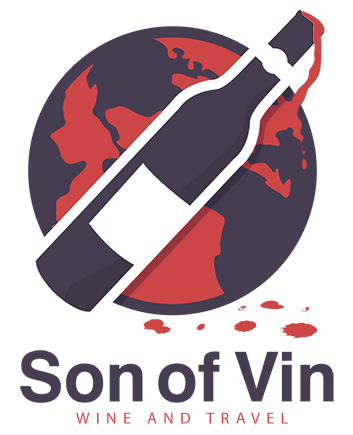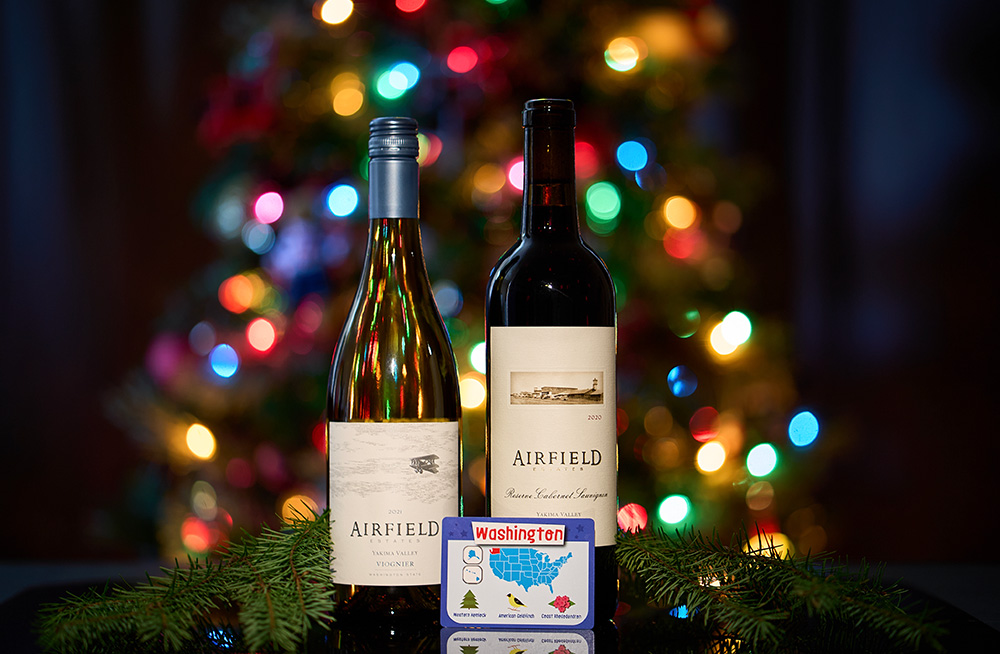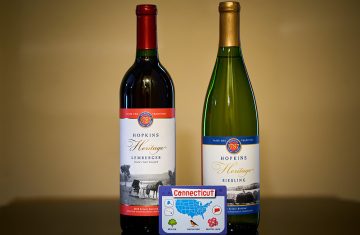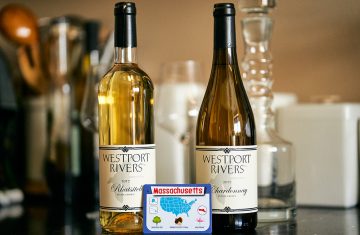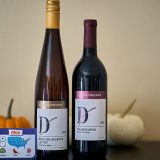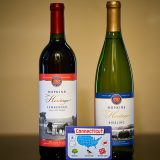The year is almost over and I’ve barely made a dent in my 50 Wines From 50 States this year. Between parenting and focusing heavily on learning about and heavily harnessing a new social media platform and AI, sadly my wine tasting reviews had taken a back seat. If I were to make a New Year’s Resolution, it would be to get back into posting these more often. I currently have a large back log of wines to taste, so here’s hoping to a bright new year full of many great wines.
In our modern times, it is not hard to find a wine from Washington state, but if you zoom out and see the bigger picture it’s quite remarckable that this large of a wine industry ever took off. It’s a true testament to those involved in the early years to turn the land into what was necessary to make this happen.
But first, let’s start from the beginning. Vineyards were first planted in Washington around 1825 by early settlers. For over a hundred years after, much of this went towards edible fruit and fortified wines with only a few wineries mentioned. Prohibition shutdown all of it in 1917 and was slowly reignited again by fortified sweet wines in the 1930s. It wasn’t until the 1950s that the industry began to reform, expanded further in the 1970s, but didn’t fully take off until the 1990s.
It’s hard to believe that there has been such a massive expansion in just roughly 20 years! Much of it has to do with how irrigation was introduced in the right places at the right time. My winery for this tasting is a prime example.
For my Washington tasting, I chose wines from Airfield Estates Winery located in Woodinville. Its a pretty straightforward name directly from its own unique history. In 1907 entrepreneur H. Lloyd Miller who was skilled in real estate from buying and selling farmlands settled in the area, and eventually bought the eventual winery lands in 1920. At one point, met with President Roosevelt directly to the lay the ground work to get the proper irrigation needed that would someday help make even the idea of growing grapes a possibility.
In the 1940s, a portion of the land was leased to build a flight school used by Army Air Corps pilots during World War II. After the war was over, the buildings were auctioned off to H. Lloyd Miller for $1, a quite fascinating twist. Much of the leftover airbase buildings were converted into farm headquarters and around the same time, irrigation finally allowed enough water to flow into the lands. The property stayed with the family through the generations and the first commercial vines were planted in the 1970s. Some of the original airfield buildings are even still in use today for storage.
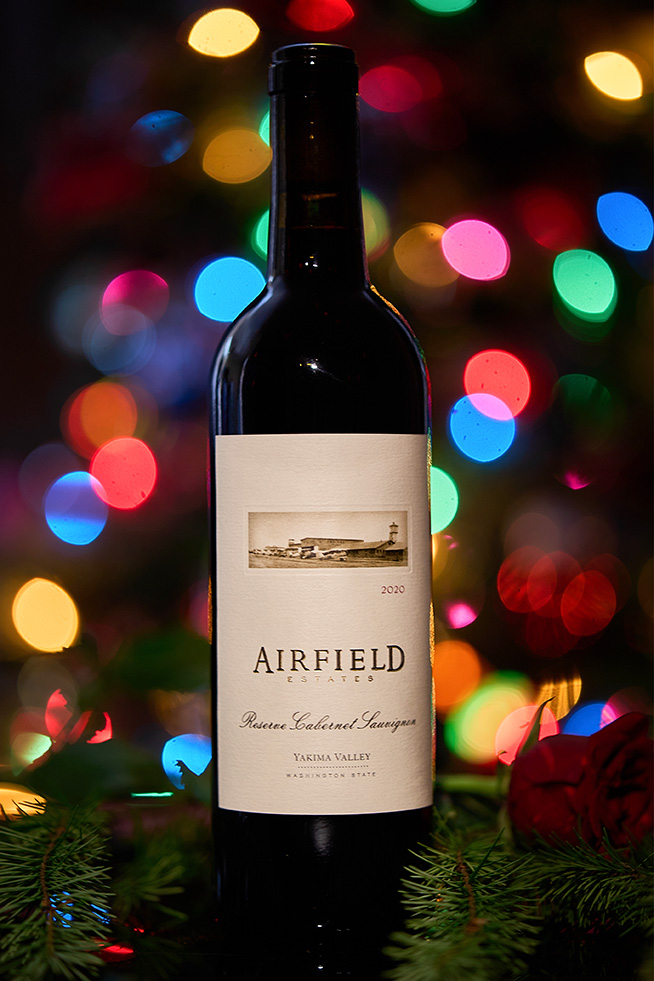
I chose their 100% Estate grown 2020 Reserve Cabernet Sauvignon for my first wine and I couldn’t be more happy to return to reviewing red wines again! A darker red hued wine with notes of darker berries like black cherries and currant that clearly could age for another decade or so. Its tannins were mild to medium with about the same level of acids, and it has an oakey finish that lingers for a while. I’m not a big fan of the common “green” Cabernet Sauvignon aroma that many middle of the road reds have, and this one passes that test with only the faintest hint. This is such a solid Cabernet that opens up the longer it sits. I may have to buy another bottle to hold and revisit years down the road.
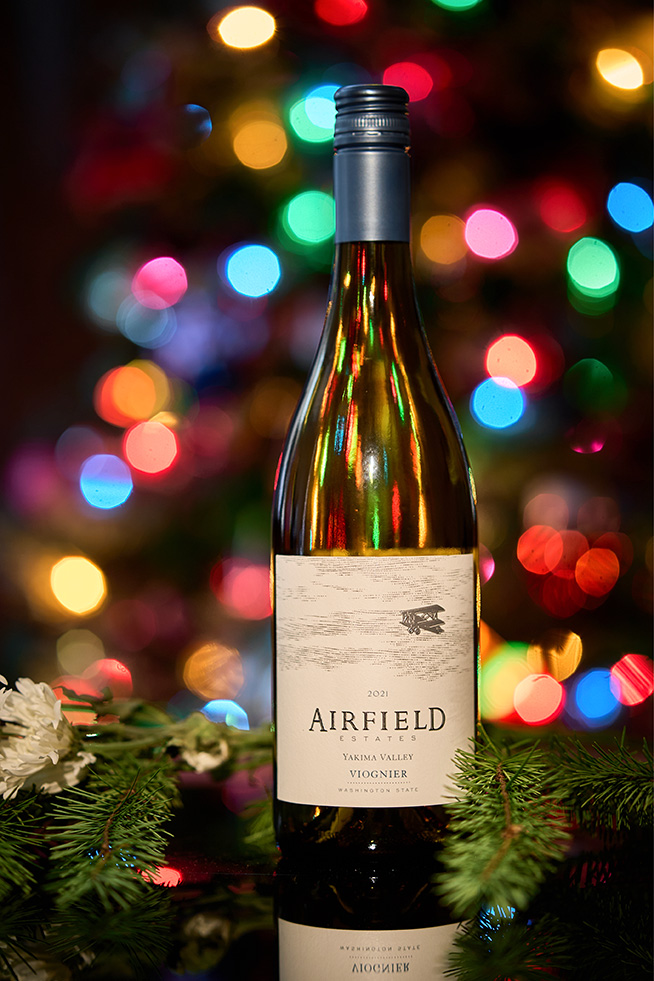
I’ve long realized that I tend to favor Rhone varietals, so it was no surprise that I chose their 2021 Viognier as my second wine. It’s a screw top wine which I’ve learned long ago means absolutely nothing towards quality, just ask the Australians! From the moment I poured this chilled white wine into my glass, I could smell its fragrant nature with hints of apples and a fruit basket beyond. It’s a light on the tongue kind of wine with flavors of pear and lychee and a perfect mix of acids.
Wow, this is a hard choice to make which wine I preferred the most. Both are solid representives and I’d be happy to have either one on their own! Since I have to choose, I’ll go with the Cabernet Sauvignon. It was a bit of a shock just how good this Washington red wine was. If I had to choose again tomorrow, I might change my mind though, so we better stop here.
As climates shift and the world changes, I can only see the Washington wine industry improving even more from here and it’s already quite good. It is destined to be a power house, especially when you add in hybrid grapes and newer technologies. Looking forward to see how this all unfolds.
* No AI was used in writing this review (and it probably shows!)
You can see a list of states I’ve reviewed on my main 50 Wines From 50 States page.
